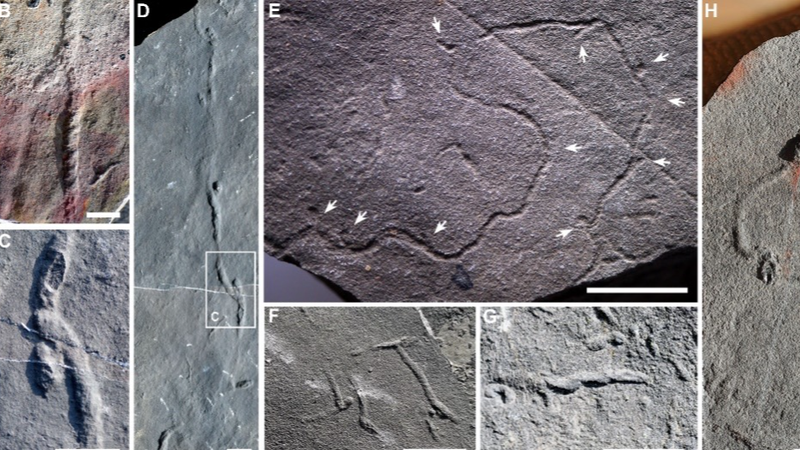Ever wondered when animals first started digging deep into the seafloor? 🤔 A recent discovery in the Chinese mainland’s Hubei Province just flipped our timeline by 10 million years! Researchers found fossilized tunnels carved by ancient worm-like critters dating back 550–543 million years ago.
Previously, the shift from surface crawling to 3D burrowing was pegged at around 539 million years ago, during the Ediacaran-Cambrian transition. That move transformed the ocean floor from a flat wasteland into a bustling, animal-engineered habitat. Now, thanks to these new finds in the Shibantan Biota, we know complex burrowing was already happening way before the famous 'Cambrian explosion.'
Lead researcher Chen Zhe from the Nanjing Institute of Geology and Palaeontology spotted different tunnel types, including a zig-zag pattern named Treptichnus streptosus. Its repeating curves hint at rhythmic, controlled movement—proof of an early nervous system at work!
Beyond the zig-zags, there are tadpole-shaped burrows and compound tunnels where these pioneers walked, grazed on seafloor snacks, and even paused for a breather. These behaviors stirred up the sediment, mixing oxygen and nutrients and paving the way for richer marine ecosystems.
So next time you’re scrolling through your feed, remember: even 550 million years ago, tiny worms were already busy shaping our planet’s underwater world. 🌊✨ It’s a reminder that life’s complexity has deep roots—long before any selfie or viral trend!
Reference(s):
Study pushes back origin of complex animal behavior by 10 mln years
cgtn.com




